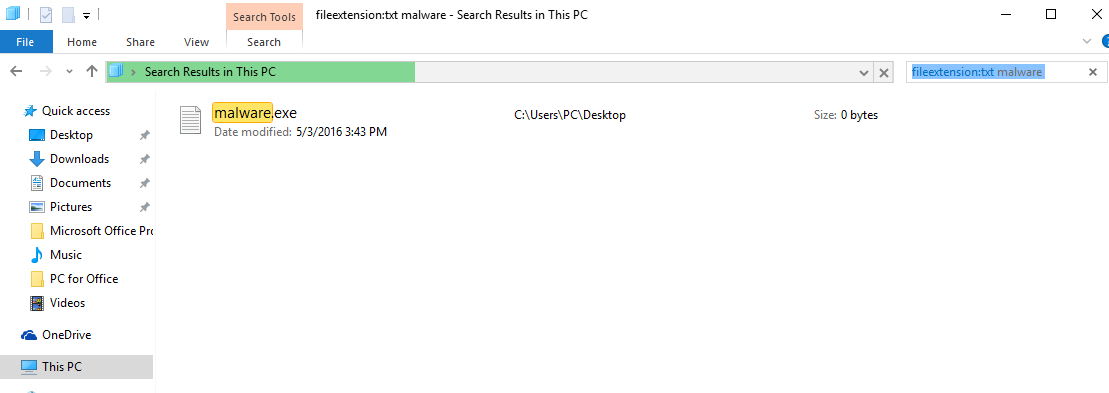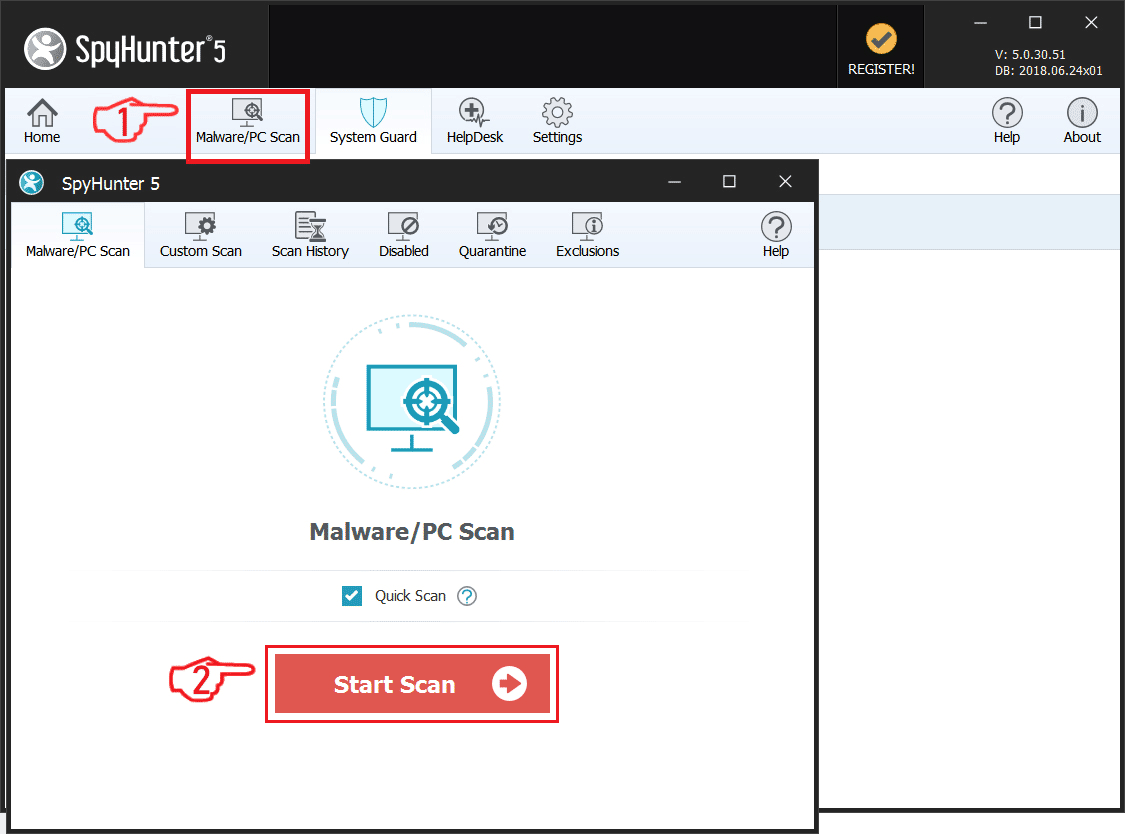To remove the Zobm virus, you should follow the instructions steps below. They are made to help you get rid of the Zobm virus threat methodologically. However, if you do not know where exactly are the infection files of the Zobm virus located, you can use professional anti-malware software to deal with this threat.
This program will scan for all of these ransomware’s malicious files on your computer and make sure to delete it. For file recovery, the only solutions we have as an alternative to decryption are suggested in the “Try to restore” step below. They may not be a solution, but with them, you have some hope of recovering your files until a decryptor comes out for the Zobm virus. In the meantime, we also recommend that you do a backup of the files until the decryptor comes out.
Preparation before removing Zobm Virus
Before starting the actual removal process, we recommend that you do the following preparation steps.
- Make sure you have these instructions always open and in front of your eyes.
- Do a backup of all of your files, even if they could be damaged. You should back up your data with a cloud backup solution and insure your files against any type of loss, even from the most severe threats.
- Be patient as this could take a while.
Step 1: Boot Your PC In Safe Mode to isolate and remove Zobm Virus

2. The “Run” Window will appear. In it, type “msconfig” and click OK.

3. Go to the “Boot” tab. There select “Safe Boot”, tick “Network” and then click “Apply” and “OK”.

Tip: Make sure to reverse those changes by unticking Safe Boot after that, because your system will always boot in Safe Boot from now on.
4. When prompted, click on “Restart” to go into Safe Mode.

5. You can recognise Safe Mode by the words written on the corners of your screen.

Step 2: Clean any registries, created by Zobm Virus on your computer.
The usually targeted registries of Windows machines are the following:
- HKEY_LOCAL_MACHINE\Software\Microsoft\Windows\CurrentVersion\Run
- HKEY_CURRENT_USER\Software\Microsoft\Windows\CurrentVersion\Run
- HKEY_LOCAL_MACHINE\Software\Microsoft\Windows\CurrentVersion\RunOnce
- HKEY_CURRENT_USER\Software\Microsoft\Windows\CurrentVersion\RunOnce
You can access them by opening the Windows registry editor and deleting any values, created by Zobm Virus there. This can happen by following the steps underneath:
1. Open the Run window again, type “regedit” and click OK.

2. When you open it, you can freely navigate to the Run and RunOnce keys, whose locations are shown above.

3. You can remove the value of the virus by right-clicking on it and removing it.

Tip: To find a virus-created value, you can right-click on it and click “Modify” to see which file it is set to run. If this is the virus file location, remove the value.
Step 3: Find files created by Zobm Virus
For Newer Windows Operating Systems
1: On your keyboard press + R and write explorer.exe in the Run text box and then click on the Ok button.

2: Click on your PC from the quick access bar. This is usually an icon with a monitor and its name is either “My Computer”, “My PC” or “This PC” or whatever you have named it.

3: Navigate to the search box in the top-right of your PC’s screen and type “fileextension:” and after which type the file extension. If you are looking for malicious executables, an example may be “fileextension:exe”. After doing that, leave a space and type the file name you believe the malware has created. Here is how it may appear if your file has been found:

N.B. We recommend waiting for the green loading bar in the navigation box to fill up in case the PC is looking for the file and hasn’t found it yet.
Step 4: Scan for Zobm Virus with SpyHunter Anti-Malware Tool
1. Click on the “Download” button to proceed to SpyHunter’s download page.



Step 5 (Optional): Try to Restore Files Encrypted by Zobm Virus.
Ransomware infections and Zobm Virus aim to encrypt your files using an encryption algorithm which may be very difficult to decrypt. This is why we have suggested a data recovery method that may help you go around direct decryption and try to restore your files. Bear in mind that this method may not be 100% effective but may also help you a little or a lot in different situations.














0 comments:
Post a Comment